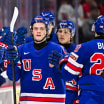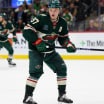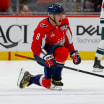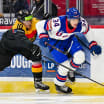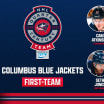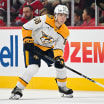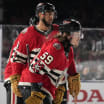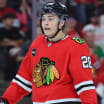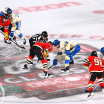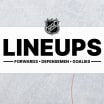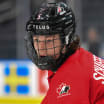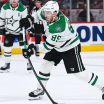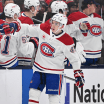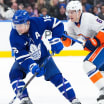NHL.com goes Behind the Numbers to identify key statistics for the Stanley Cup Qualifiers.The NHL season was paused March 12 due to concerns surrounding the coronavirus. Under the Return to Play Plan, 24 teams will compete for the Stanley Cup -- 12 in the Eastern Conference, 12 in the Western Conference. Dates and the two hub cities have not been announced. The top four teams in each conference will play a round-robin in the Qualifiers to determine seeding for the Stanley Cup Playoffs.
Blues power play, Avalanche goalies may decide round-robin, numbers show
Golden Knights puck possession, Stars scoring among factors in Cup Qualifiers
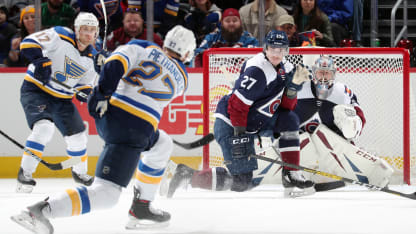
© Michael Martin/Getty Images
COL@ANA: Francouz boosts Avs with first NHL shutout
